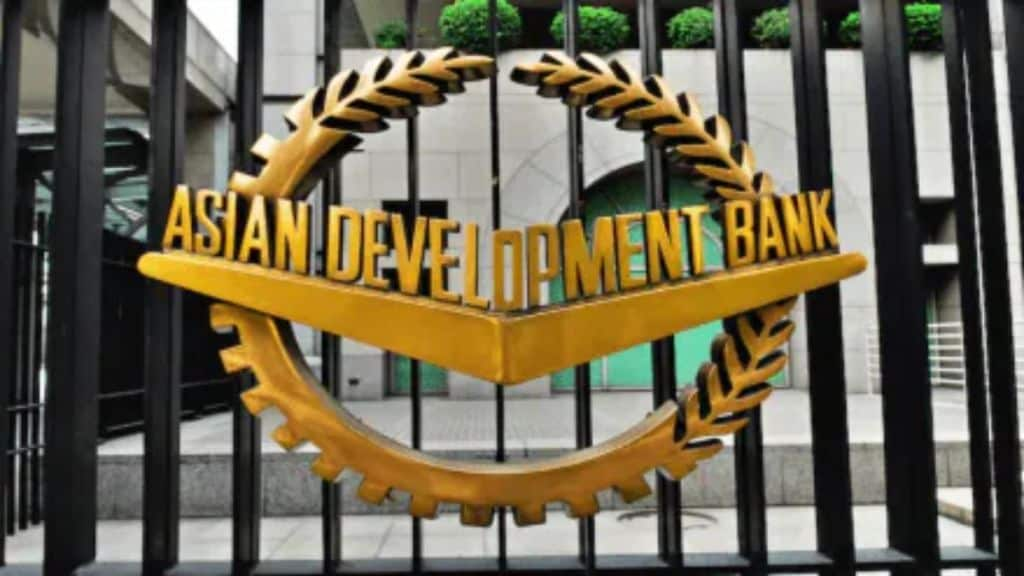The Asian Development Bank (ADB) on Tuesday retained its India growth projection at 6.5% for FY26, but trimmed the FY27 growth projection by 20 basis points to 6.5%, as the steep US tariffs levied on exports are expected to weigh on India’s growth.
However, resilient domestic consumption and strong performance in service exports are expected to cushion the impact of these trade barriers, it said.
What did ADB India director say?
“Despite ongoing trade challenges, we remain optimistic about India’s long-term growth trajectory,” said ADB country director for India Mio Oka.
“The implementation of tariffs will weigh on growth, but the overall impact on GDP is expected to be contained due to India’s relatively lower exposure to the US market, increased exports to alternative markets, sustained strength in services exports, and a pickup in domestic demand.”
Recent policy steps—including reductions in GST rates, cuts in personal income tax, and employment-linked fiscal incentives for both workers and firms—are poised to boost consumption across rural and urban regions and reinforce economic momentum, the ADB said.
ADB’s analysis of India’s service sector
Services will continue to be the major driver of growth in FY26 and FY27 helped by higher demand for domestic consumption and export, while agriculture growth will be strong due to favorable monsoon rainfall, it said.
Investment growth is likely to stay muted in FY26 amid global trade uncertainties, though government spending on urban infrastructure, especially via the urban challenge fund, is set to pick up in FY27.
Manufacturing will continue to face pressure from trade barriers dampening industrial growth, though housing construction will continue to remain robust.
Inflation is projected to ease to 3.1% in FY26 but may rise towards the inflation target in the following year. With monetary policy authorities undertaking significant rate cuts already, there may be slower rate cuts going forward, ADB said.
The report highlights several near-term risks, including escalating trade tensions that could impact broader sectors of the economy, global geopolitical uncertainties that may dampen demand for India’s exports, and domestic disruptions stemming from ongoing flood-related shocks.
However, on the upside, growth could be spurred if US tariffs, 50% starting in August, on India are lowered to be more in line with those imposed on other countries in Asia and the Pacific.

